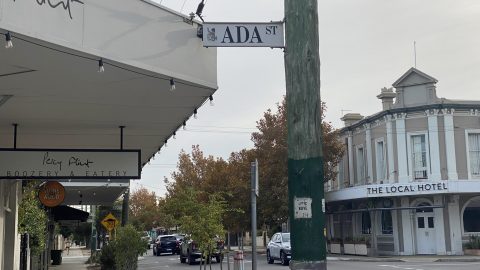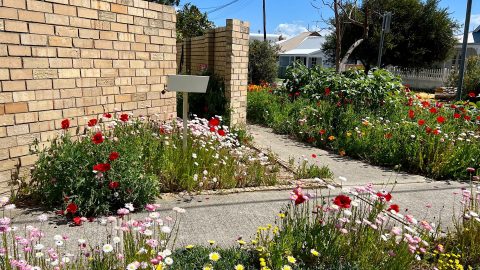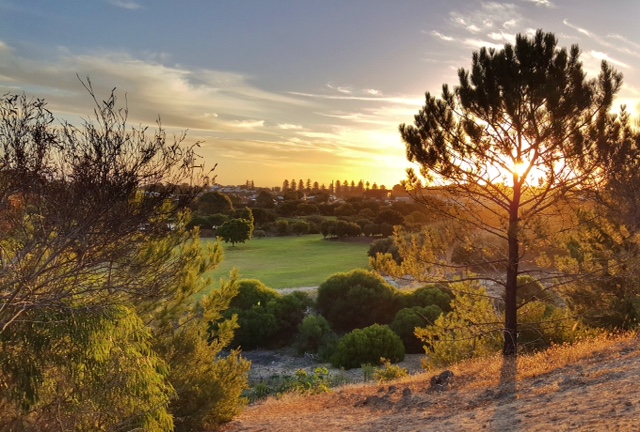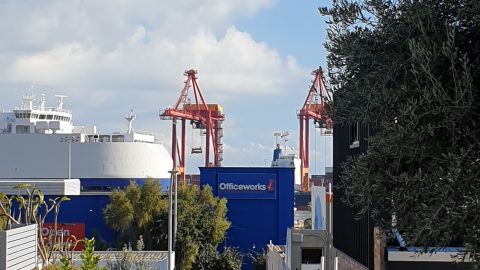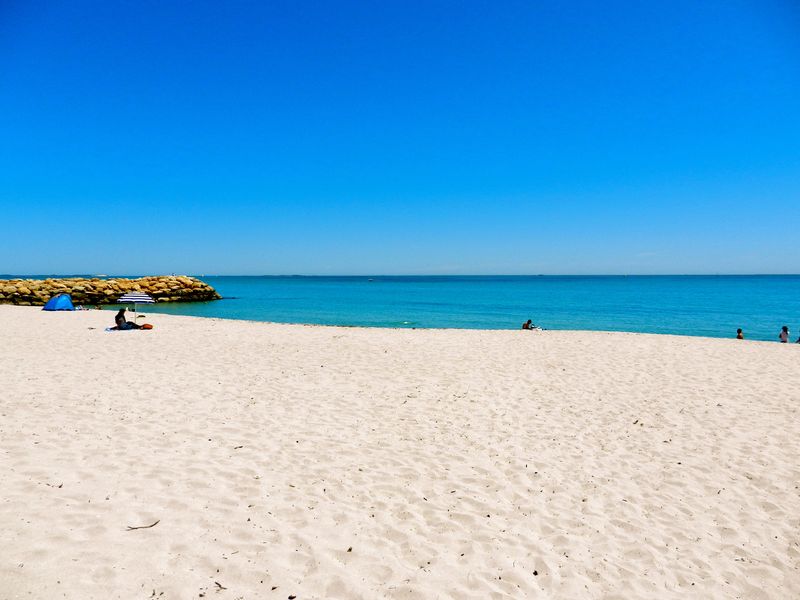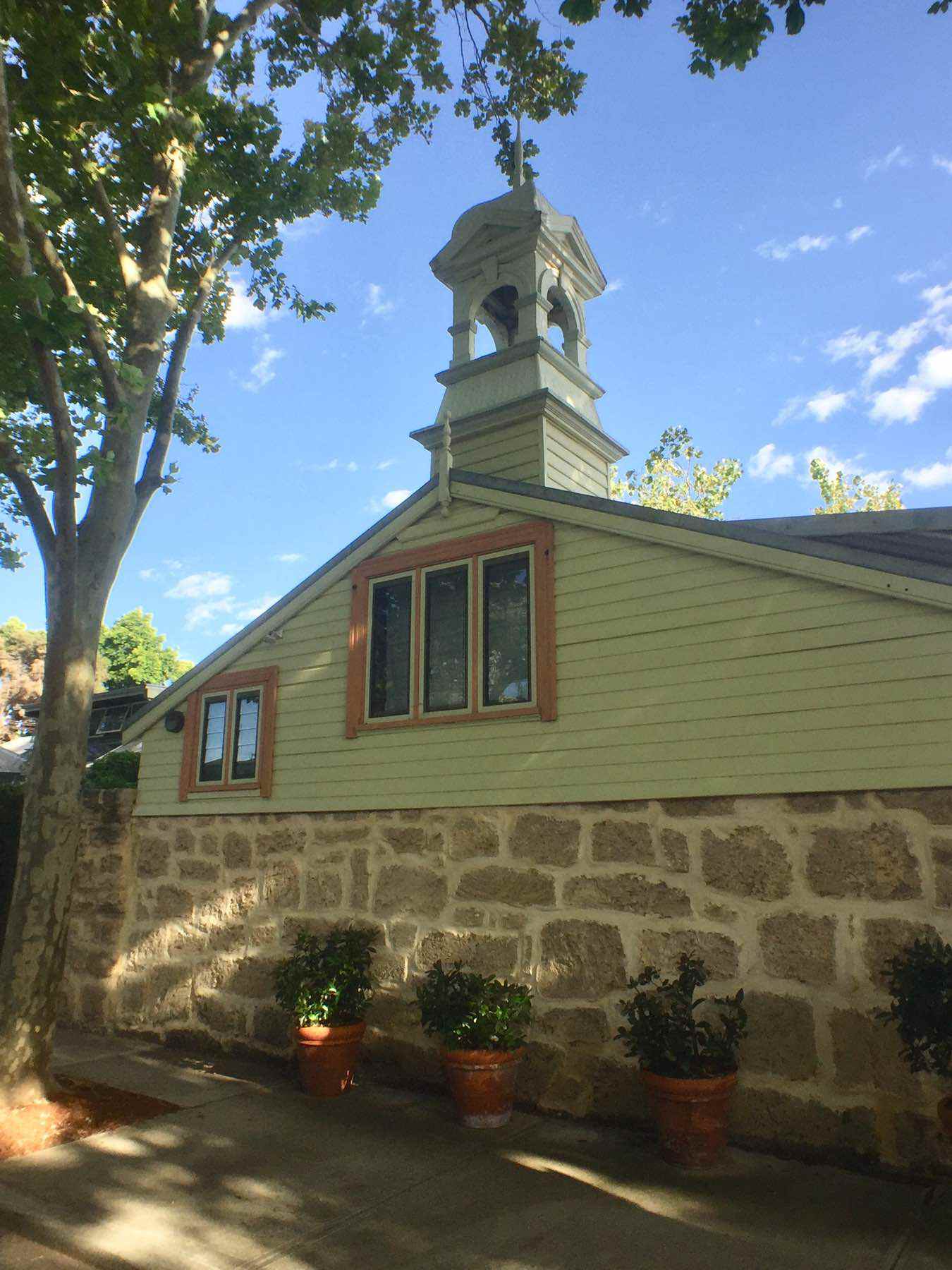In Fremantle Shipping News’ new feature – My Favourite Freo Street – we ask a range of Freo folk to nominate their favourite street and tell us why they chose it. In this contribution, Jenny Archibald* – a former Mayor of Fremantle and current Deputy Mayor, and a geologist – explains why she has chosen Cliff Street, Fremantle, as her fav.
An alternative title for this piece might be ‘Deep time in and around Cliff Street’. It’s what finally led me to settle on Cliff Street as my fav Freo street. Because it could easily have not been Cliff Street at all!
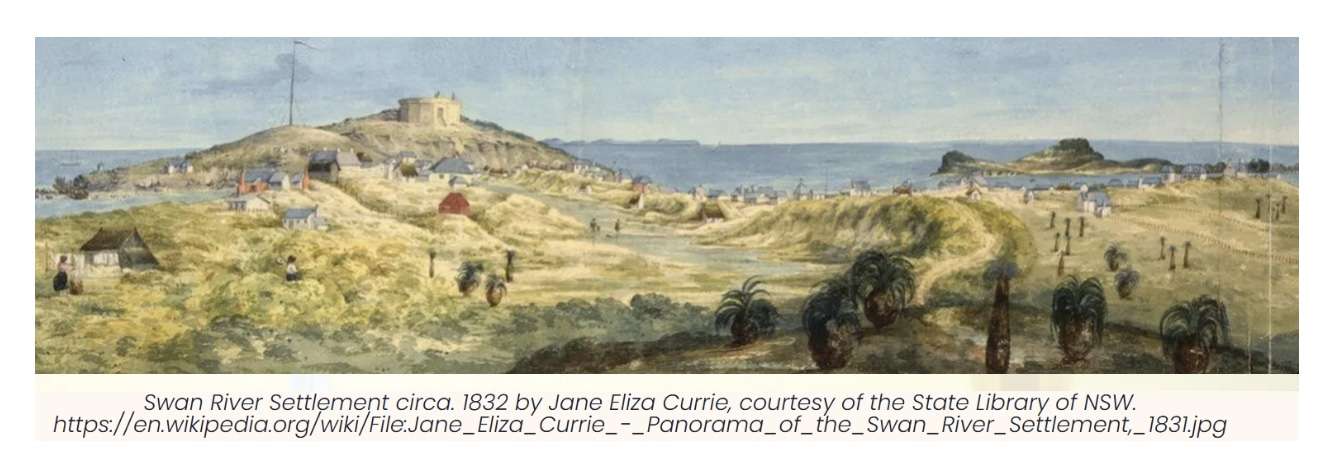
Well before Europeans arrived in Fremantle, the story of the Derbal Yerrigan (as it was known by the Whadjuk people of the Fremantle area) or the Swan River (as it had been named by Dutch sea captain Willem de Vlamingh a while before the British colonists arrived in 1829, but was then called by them) had a deep history in more ways than one. This small story of Cliff Street tells a tale of a very different Derbal Yerrigan from that of today and, for that reason, certainly makes it one of my favourite Fremantle streets.
Cliff Street lies along the eastern side of the limestone promontory which includes Arthur Head. This area was generally sheltered from prevailing winds and prior to colonisation in 1829, was a significant meeting place for First Nations people, who had lived in the region for more than 45,000 years.
The area is at the confluence of three important bidi trails – one from the northern side of the river, one from the east and one from the south. Together with the adjacent bays, it was known by the local Whadjuk people as Manjaree – a place of gathering, feasting and trading.
In June 1829, when Captain Stirling and his party of hardy British settlers landed in the newly proclaimed Swan River Colony, the vicinity of Cliff Street was part of a low-lying swamp with the shoreline to the south wrapping along what is now the street known as the Esplanade. In 1833, JS Roe, the Colony’s first surveyor general and naval officer, surveyed the early street layout for the new Town of Fremantle. Cliff Street was to be its most western street, running between North Bay and South Bay and was originally only two street blocks in length, with the main street of the small town – High Street – aligned east/west. In its earliest form, Cliff Street provided important connectivity for maritime activities between the river jetty with the jetty off Bathers Bay – a critical link given the limestone bar across the mouth of the Derbal Yerrigan prevented all but the smallest boats from crossing into the river from the sea.
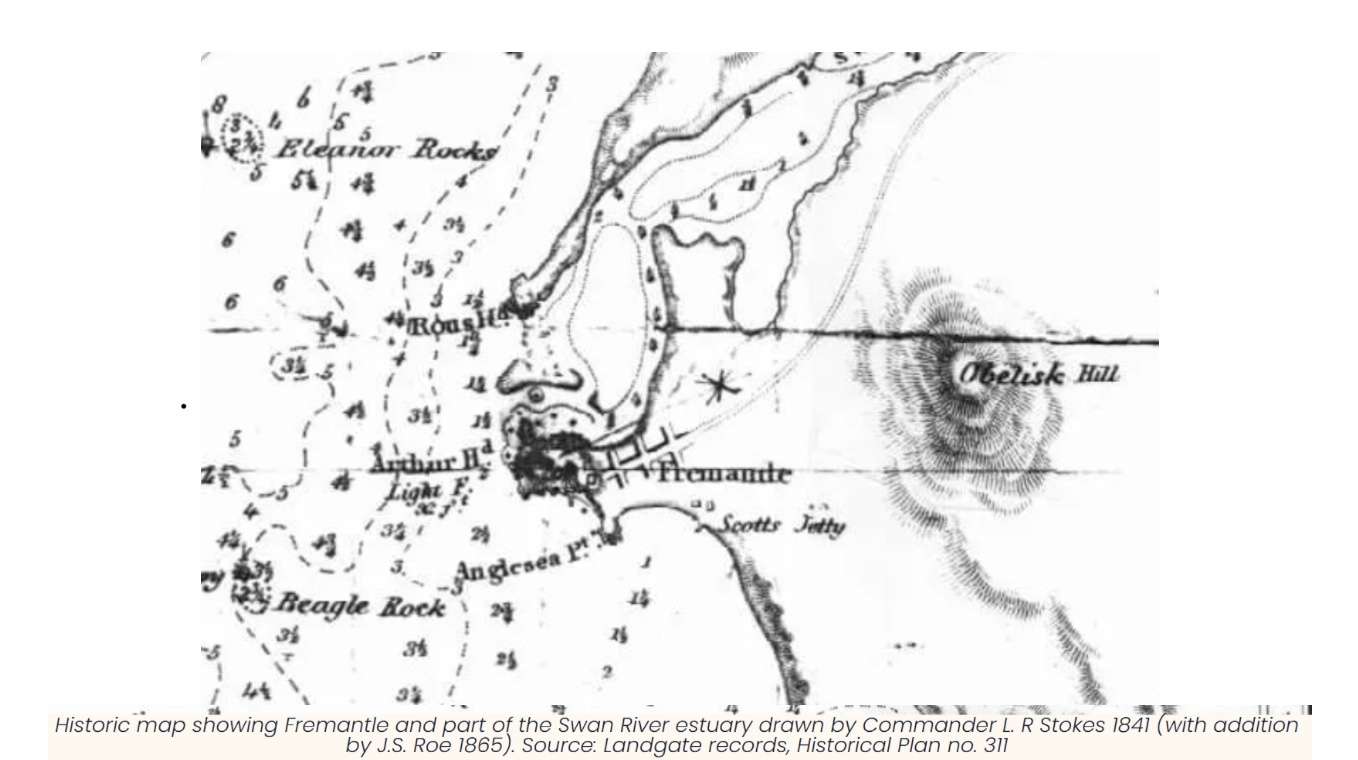
However, a more intriguing story unfolded when geotechnical surveys were carried out on behalf of the Fremantle Port Authority in more recent times. The purpose of this work was to explore the deep sedimentary substrate of the Fremantle Harbour and surrounding area, including that around Cliff Street. If CY O’Conner had known what was discovered, he may well have chosen a very different path for construction of the future harbour of Fremantle.
During the glacial episodes of the Pleistocene period, the sea level was lower than current levels by up to 150m. As the sea level dropped, the river cut into the underlying sedimentary layers. The result of this erosion was a channel of up to 45 metres deep and some 200 metres wide which ran across the area of Cliff St and surrounds. In times of lower sea level, the Derbal Yerrigan flowed along the eastern side of the limestone cliffs – the promontory including Arthur Head was an island, and Cliff St was a river! Then over thousands of years as sea levels rose with subsequent global warming, the channel was filled with uncemented sediments, often loose and very loose sands. And at the height of the warming phases some 6000-7,000 years ago, sea levels were a metre or more higher than today, leaving much of Fremantle under water. Perhaps a taste of our future?
But back to CY O’Connor and the dilemma he later faced of how to create a safe harbour for the growing shipping industry of Fremantle. The proposal to blast out the rocky bar across the mouth of the Swan River to allow safe passage into the river was controversial at the time. The task of blasting out the bar was logistically substantial and there were concerns that the river would silt up. But with the support of the then Premier, John Forrest, the project was finally approved.
It was a mammoth task. Construction of the north and south moles began in 1892. Much of the limestone of Arthur Head was mined to construct the South Mole. In 1894, the blast and dredge operation began to open the channel and remove the bar. The river was dredged to remove much of the natural shallow shoals within the river – and the spoils were used to reclaim land, creating our now much-loved Esplanade Reserve. In 1897 the wharf construction began. By 1902 the major preparation works had been done and in 1937 Victoria Quay, as was then planned,was also completed.
All up, a massive technical and logistical task in its time, made so very difficult by the substrate within and around the river mouth. As Matthew Tutton contemplates in his fascinating paper on this subject at the Australian Geomechanics Symposium in 2003 (Engineering Geology of Fremantle Harbour – An Historical Perspective) had CY O’Connor been aware of the existence of this fabulous and ancient paleochannel, would he have chosen to dredge out its soft contents thus opening a deep 200 metre wide approach channel from the south – and leaving the bar intact? In which case – Cliff Street may well have been Harbourside today!
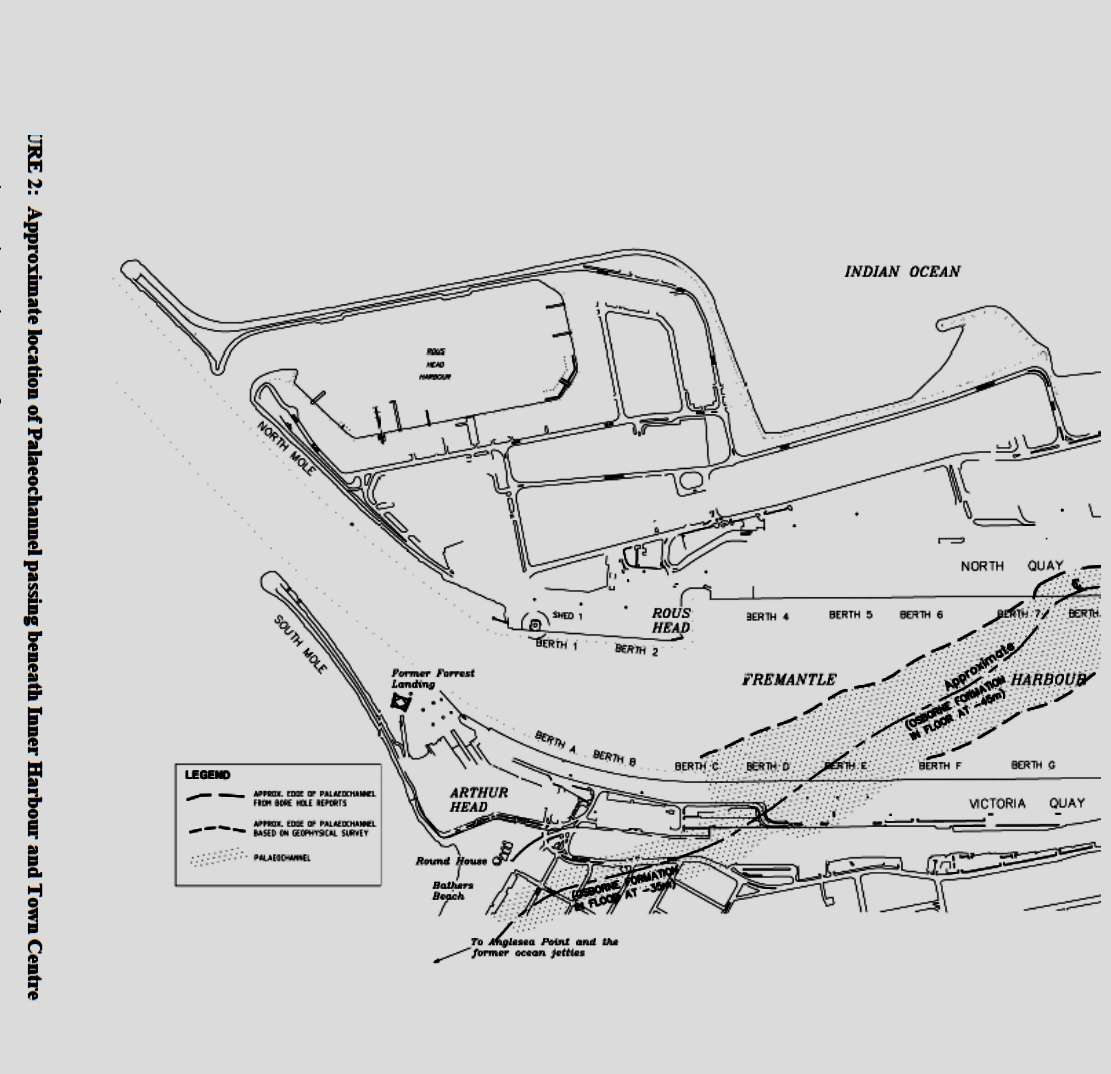
Instead, Cliff Street is Cliff Street and right near the Round House, The Esplanade, and the Port Authority Building at Victoria Quay which stands at 1 Cliff Street, with a statue memorialising CY O’Connor standing nearby.
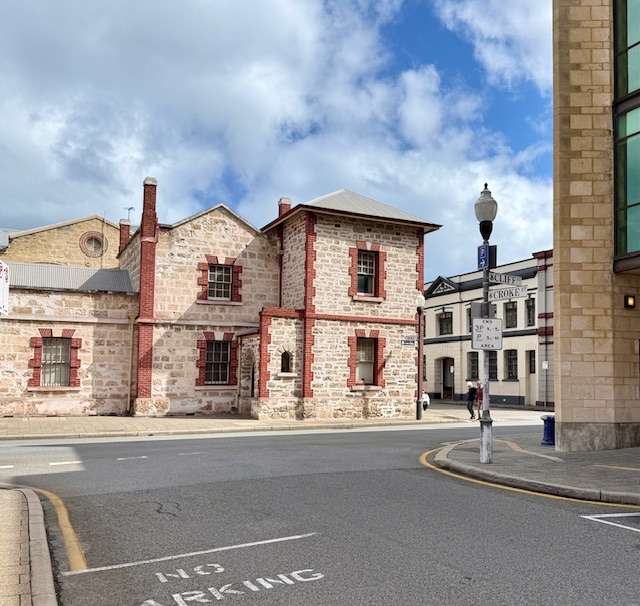
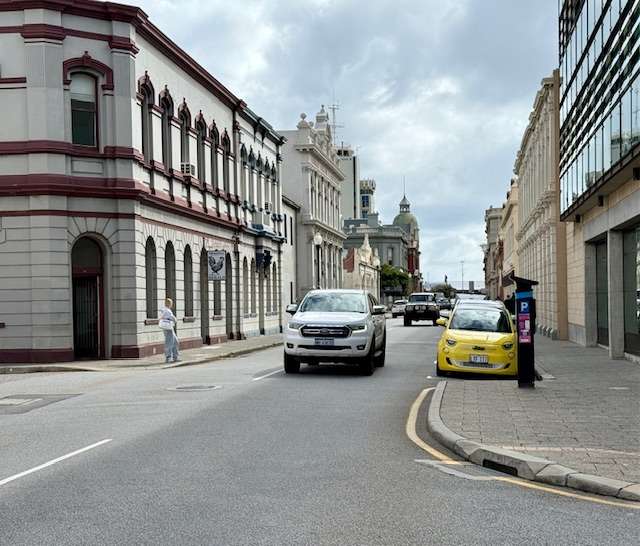
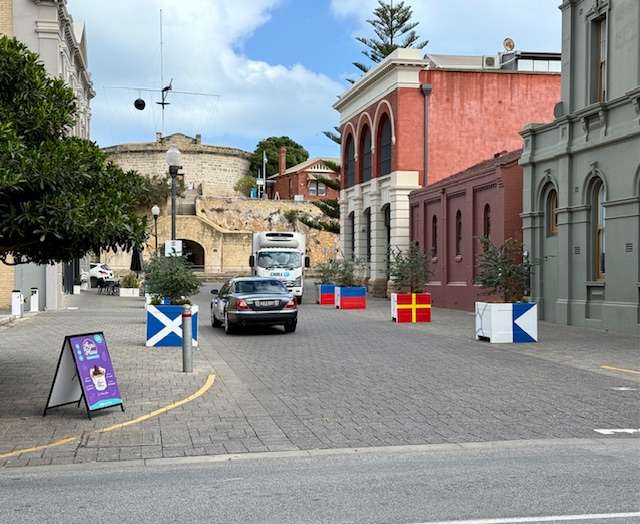
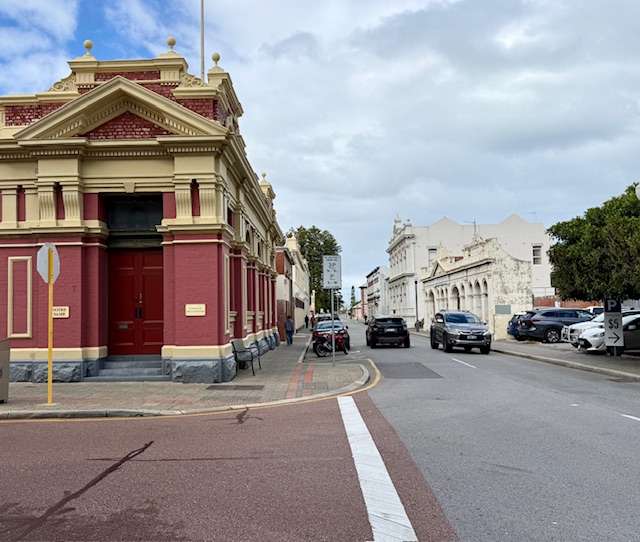
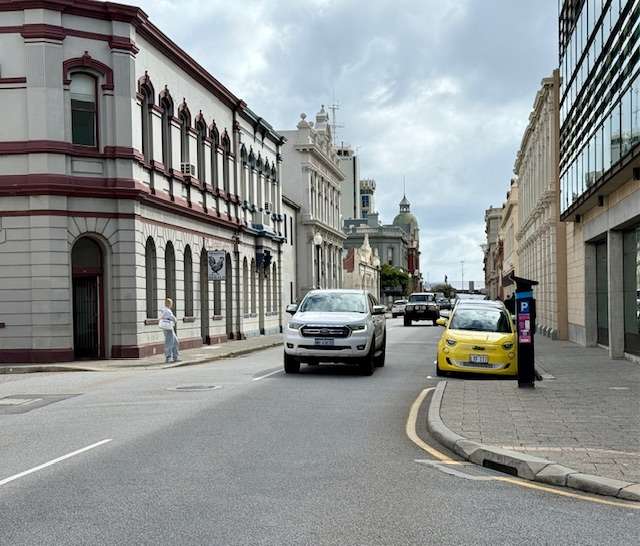
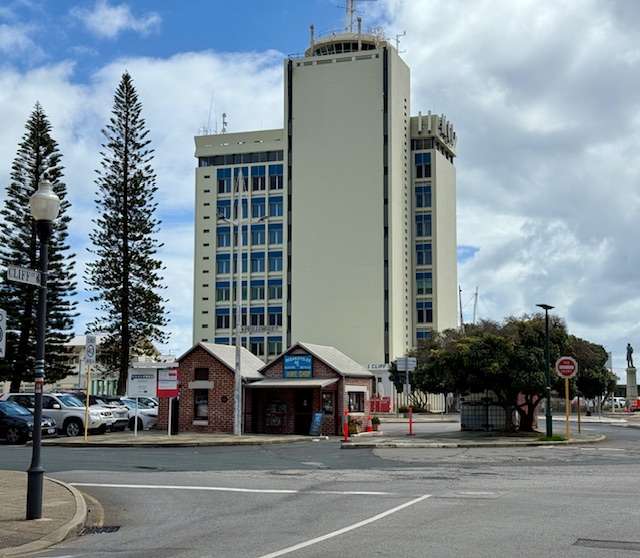
By Jenny Archibald
* Jenny Archibald has had a long term term relationship with Fremantle. She has served as an elected member of the Fremantle City Council on many occasions and has served as the Mayor of Fremantle. She is currently the Deputy Mayor. And she’s a geologist by profession. If you’d like to learn more about Jenny’s involvement with Freo, listen here to our podcast with Jenny from a few years back.
~ You will find more My Favourite Freo Street articles right here
~ If you’d like to COMMENT on this or any of our stories, don’t hesitate to email our Editor.
~ WHILE YOU’RE HERE –
PLEASE HELP US TO GROW FREMANTLE SHIPPING NEWS
FSN is a reader-supported, volunteer-assisted online magazine all about Fremantle. Thanks for helping to keep FSN keeping on!
~ And SUBSCRIBE HERE to receive your FREE copy of THE WEEKLY EDITION of Fremantle Shipping News each Friday
